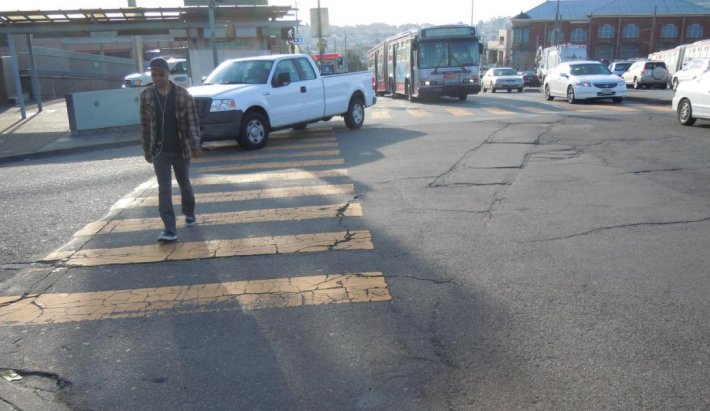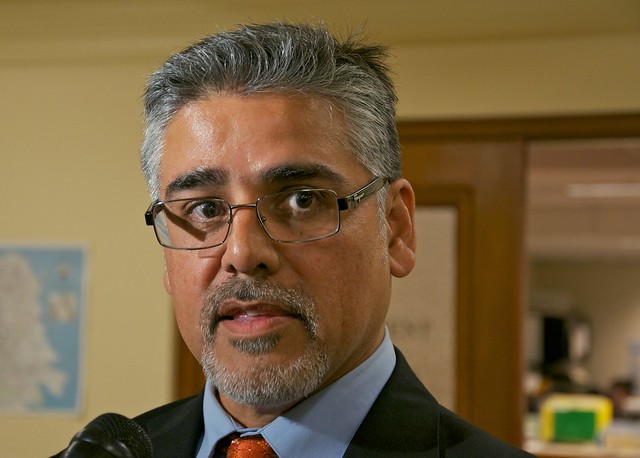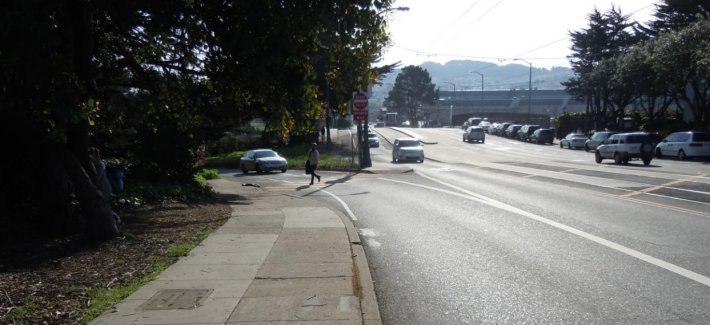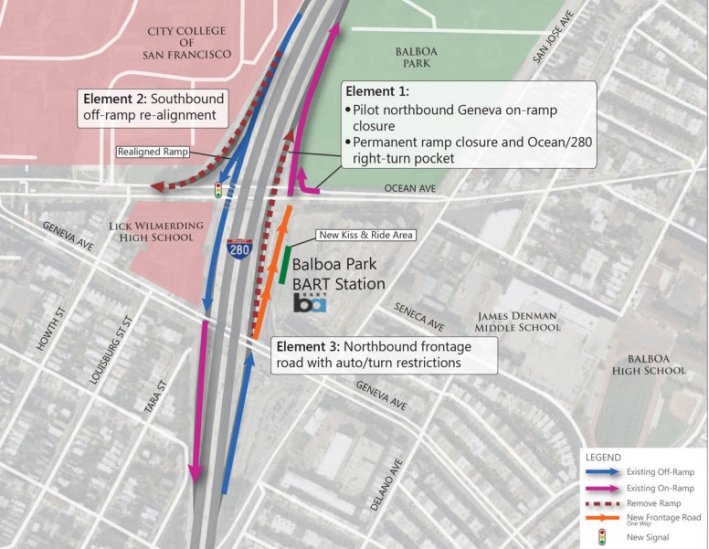
Balboa Park Station could become a safer transit hub by 2020 if the city moves forward with proposals to close one freeway ramp and re-align another, as recommended in a study recently completed by the SF County Transportation Authority. Although the proposal hasn't received much public attention, it's sure to face a tough political fight when it's eventually implemented, said D11 Supervisor John Avalos, who chairs the SFCTA. Avalos said the project is worth implementing, and he's eager to champion the plans as soon as they can move forward.

"It's a political problem how to implement these changes around the station. People want things to be different, but they don't want any change," said Avalos. "The trade-offs, they see as really harmful to the neighborhoods."
The SFCTA study proposes altering freeway ramps, changing traffic signals, and a new frontage road for loading -- changes that were vetted by the Balboa Park Community Advisory Committee. The study notes, "With strong support, consensus, and high priority from the community, agencies, and elected officials, the initial pilot projects could begin in 2016, with full implementation by 2020."
Avalos's term in office will end in late 2016, but he said he hopes to help move the freeway ramp changes forward before he leaves. "I have two-and-a-half years of office left, and I want to be part of actually getting some implementation on these changes," he said.
The goal of the SFCTA study was to find ways to make the streets safer around Balboa Park Station, which is surrounded by car traffic moving to and from six nearby freeway ramps. Even though 24,000 people use the station daily to ride Muni and BART -- it's BART's busiest station outside of downtown SF -- it seems to be designed as an afterthought to the 280 freeway. Many commuters exiting the station walk or bike to City College's main campus.
"The neighborhood has long suffered from its cluster of poorly-designed freeway on- and off-ramps," said Livable City Director Tom Radulovich, a member of the BART Board of Directors. "We finally have a definite and buildable proposal for the freeway ramps that will reduce the burden that they impose."
Through the study, planners and CAC members explored several options for re-configuring the freeway ramps. The favored option would remove one of the two northbound on-ramps, at Geneva Avenue. A curved southbound off-ramp that slings cars onto westbound Ocean Avenue would also be removed and replaced by a new ramp that approaches the street at a head-on 90-degree angle. That new intersection would be signalized.
This proposal originally called for closing the second off-ramp that touches down at Geneva, but that idea was dropped.

In addition to creating calmer, safer streets for walking and biking and speeding up surface transit by streamlining traffic patterns, the plan "may even benefit drivers on I-280," Radulovich pointed out.
"Research has shown that freeway exits and entrances as close together as those at Balboa Park cause freeway traffic conflicts and slowdowns, and can reduce the capacity of the mainline freeway," he said.
The changes are a long time coming. Planning around the Balboa Park area began in the 1990s, and the "circulation study" of changes to freeway ramps began before Avalos took office in 2009.
But despite the SFCTA's outreach efforts during the development of the study, Avalos predicts that political tensions around it won't surface until word gets out about plans to implement it.
"I want to be able to push this through before I'm out of office," said Avalos. "In 2016, when there's a campaign in an open-seat election, this study is going to get very politicized. People who are opposed to the project are going to want things to stay the same, as they want things to be different at the same time."
"We'll be stuck in this gridlock we have around there. Time is of the essence to actually make things happen."






